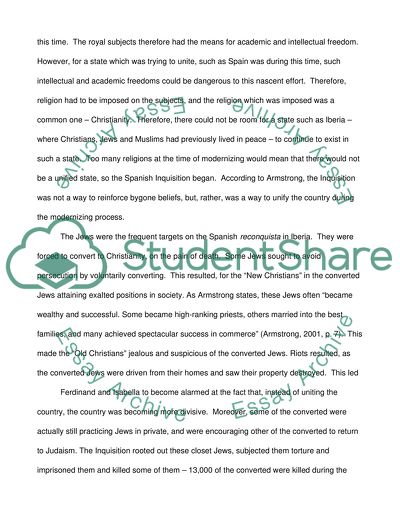Cite this document
(“The Battle for God by Karen Armstrong Book Report/Review”, n.d.)
Retrieved from https://studentshare.org/literature/1395513-the-battle-for-god-by-karen-armstrong
Retrieved from https://studentshare.org/literature/1395513-the-battle-for-god-by-karen-armstrong
(The Battle for God by Karen Armstrong Book Report/Review)
https://studentshare.org/literature/1395513-the-battle-for-god-by-karen-armstrong.
https://studentshare.org/literature/1395513-the-battle-for-god-by-karen-armstrong.
“The Battle for God by Karen Armstrong Book Report/Review”, n.d. https://studentshare.org/literature/1395513-the-battle-for-god-by-karen-armstrong.


